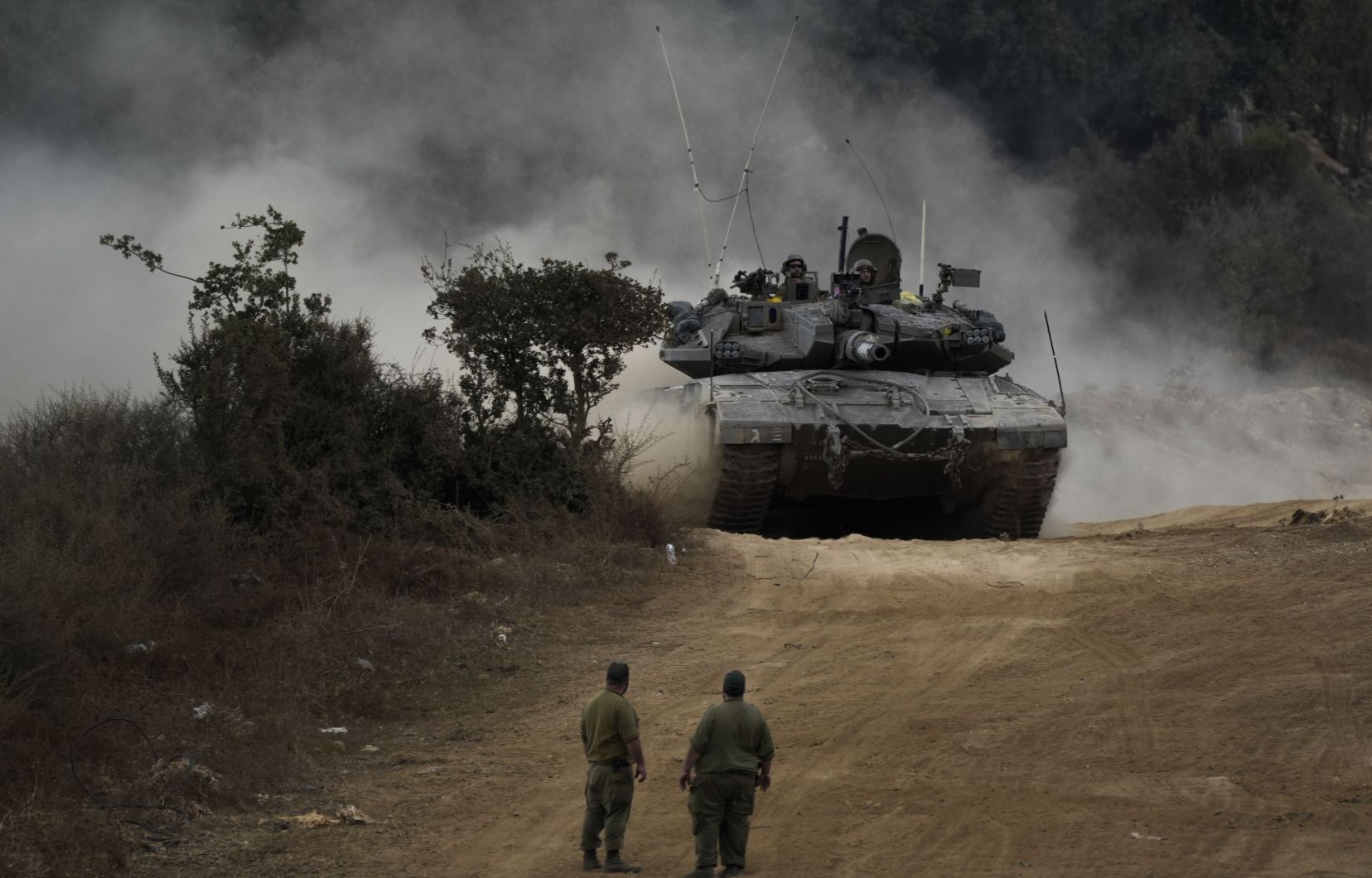Israel, which claims to have been carrying out a ground offensive in southern Lebanon since Monday evening, is not its first attempt: for half a century, its army has repeatedly invaded its neighbor to fight its enemies, from the Palestine Liberation Organization (PLO) to Hezbollah.
1978, “Operation Litani”
Israel’s first incursion into Lebanon took place from March 14 to 21, 1978 when its army invaded a southern part of the country.
This invasion is condemned by the UN under Security Council Resolution 425, which calls on Israel to withdraw its forces from Lebanese territory. This withdrawal was not effective until 22 years later, on June 16, 2000.
Israel calls its invasion “Operation Litani,” after the river that flows through southern Lebanon. His army, which entered to a depth of approximately 40 km, pushed the Palestine Liberation Organization beyond the Litani, towards Saida or Beirut.
It actually resulted, after a formal withdrawal of the Israeli army, in an indirect occupation by the Hebrew State of 700 km2 in southern Lebanon using a militia of Lebanese auxiliaries that Israel established in this area.
Resolution 425 unanimously adopted by the UN Security Council on March 19, 1978 created the United Nations Interim Force in Lebanon (UNIFIL), which is still in place today.
This intervention will change the demographic balance of the capital with the arrival and settlement of tens of thousands of Shiite refugees in the southern suburbs of Beirut which will become a stronghold of Hezbollah.
1982, an invasion that will last 18 years
On June 6, 1982, the Israeli army launched a larger operation called “Peace in the Galilee”.
Its soldiers seize Beirut to dislodge the PLO and put an end to the deadly raids by its fedayeen, the Palestinian fighters, on its territory.
Between late August and early September, PLO leader Yasser Arafat and more than 11,000 Palestinian fighters left Lebanon under the surveillance of a multinational Interposition Force.
The official Lebanese toll of the Israeli invasion was nearly 20,000 dead and 30,000 wounded at the end of 1982, including victims of the massacre in the Palestinian camps of Sabra and Chatila, committed by Christian militiamen allied with ‘Israel.
Hezbollah, “Party of God”, was born in the wake of this intervention in the Bekaa plain (east), and its Shiite militants were then supervised by the Iranian Revolutionary Guards.
Very quickly, the movement, which emerged from semi-clandestinity in 1985, established itself with its armed wing, the Islamic Resistance in Lebanon, as the spearhead of the fight against Israel.
Hezbollah will increase its operations, between suicide car bombings and repeated attacks by its militiamen. Taking note of its inability to eliminate the pro-Iranian formation, Israel decided in May 2000 to withdraw unilaterally from a quagmire which had cost it a thousand men.
2006, the “33 day war”
Since this withdrawal, several episodes of violence have pitted Hezbollah against Israel, culminating in the war in 2006, after the kidnapping of two Israeli soldiers on the border between the two countries.
In the summer of 2006, Israel launched a vast offensive but Shiite fighters stood up to its army. Their leader Hassan Nasrallah proclaims a “divine victory” and establishes himself as a true hero in the Arab world.
This 33-day war caused the deaths of 1,200 Lebanese – notably civilians – and 160 Israelis, mainly soldiers.
Security Council Resolution 1701, which ended the war, stipulated that only the Lebanese army and UN peacekeepers should be deployed in southern Lebanon. It also calls for “the immediate cessation by Hezbollah of all attacks and the immediate cessation by Israel of all military offensives”.
But the “Party of God” maintains its presence in the region, where according to experts it has dug a large network of tunnels, while the main institutions of the movement are based in the southern suburbs of Beirut.
It is also strengthening its arsenal, which includes guided missiles, and claims 100,000 fighters.
2023-2024, new front
Hezbollah opened a front against Israel from the start of the war in Gaza, triggered by the attack on October 7, 2023 carried out on Israeli territory by Palestinian Hamas, its ally.
After a year of cross-border exchanges of fire, which forced some 60,000 Israelis to flee the north of the country, the Israeli army launched on September 23, 2024 a campaign of violent and deadly bombings against Hezbollah, targeting southern Lebanon and the capital Beirut.
A few days earlier, a wave of explosions of pagers and walkie-talkies used by members of the Islamist movement and blamed on Israel left dozens dead and thousands injured in Lebanon.
Israel, which claims to be acting to stop firing towards the north of its territory, says it has killed “most” of Hezbollah’s senior leaders in recent months.
The death on Friday of Hassan Nasrallah, considered the most powerful man in Lebanon, in a strike on the southern suburbs of Beirut, constitutes a major victory for Israel against Iran and its allies including Hamas.
But the Israeli army does not intend to stop there: Monday evening, it announced that its ground troops had crossed the border to fight Hezbollah in villages in southern Lebanon, despite international calls for de-escalation.
Israel assures that these ground operations are “limited, localized and targeted” against “terrorist targets and infrastructure” of the Lebanese formation.
Since mid-September, the death toll has risen to more than 1,000 in Lebanon, according to the country’s Ministry of Health. Hundreds of thousands of people have been displaced by Israeli strikes in Lebanon.
